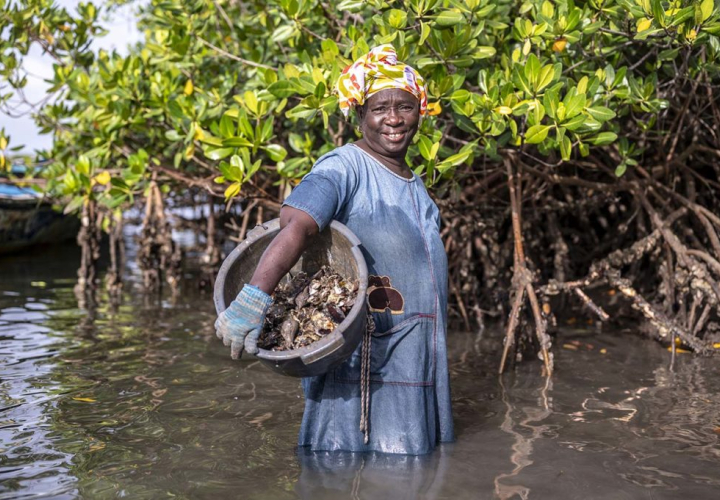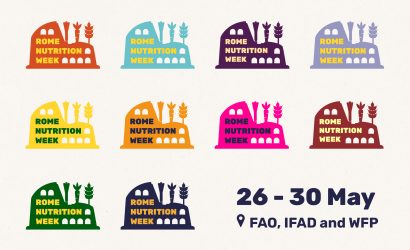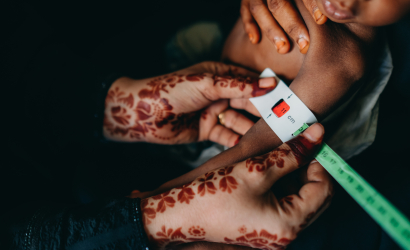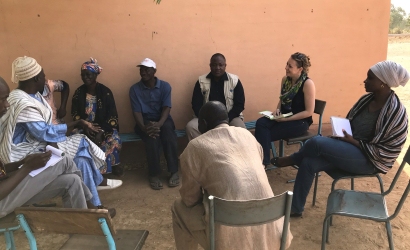In many ways, Senegal has been a top runner in multi-sectoral nutrition, boasting well-established nutrition coordination architecture and relatively low levels of malnutrition. However, the government aspires to further improvement, such as to reduce the prevalence of stunting to less than 10% by 2030, among its 2021 Nutrition for Growth (N4G) commitments [1].
Climate change and COVID-19 have brought new challenges and exacerbated vulnerabilities, complicating the situation and calling in question existing paradigms. The 2022 edition of The State of Food Security and Nutrition in the World (SOFI 2022) indicates that approximately 2.5 million more people in Senegal were moderately or severely malnourished on average in 2019−2021 compared to the 3-year period between 2014 and 2016. This underscores the need to tailor actions to evolving needs and monitor the situation.
Mapping as a lever to support continuous improvement
UN Nutrition members are working in close partnership with the Government of Senegal to advance the national nutrition agenda. This includes liaising with the National Council for Nutrition Development (Conseil National de Développement de la Nutrition, CNDN) and its secretariat, which oversees the operationalization of the country’s nutrition policies. Action-oriented tools, such as the Nutrition Stakeholder and Action Mapping, are enabling CNDN to track the status of the national nutrition plan and enhance coordination across sectors. With that said, the mapping exercise focused on a subset of ‘core nutrition actions’ out of the 400 included in the national plan, selected through a consultative process.
Breaking down silos
A second round of mapping was recently completed in collaboration with CNDN, using the UN Nutrition tool. While the exercise provides some insights about how the situation has evolved since the 2016 baseline, direct comparisons cannot be made. Round 2 engaged twelve ministries and exclusively focused on public service delivery [2], a key distinction from the initial mapping which covered all stakeholders (including non-state actors).
The engagement of multiple ministries helped to ensure a sectoral balance in the actions mapped, including nutrition-sensitive ones such as the provision of credit accounts for women, the creation of multipurpose gardens and the restoration of mangrove ecosystems to increase fish and shellfish production. Like the previous exercise, it compares nutrition problems with the intensity of actions that respond to them. This allows the staff at CNDN and other actors to see how government is performing across the multi-sectoral nutrition landscape to ascertain where it could benefit from additional support.
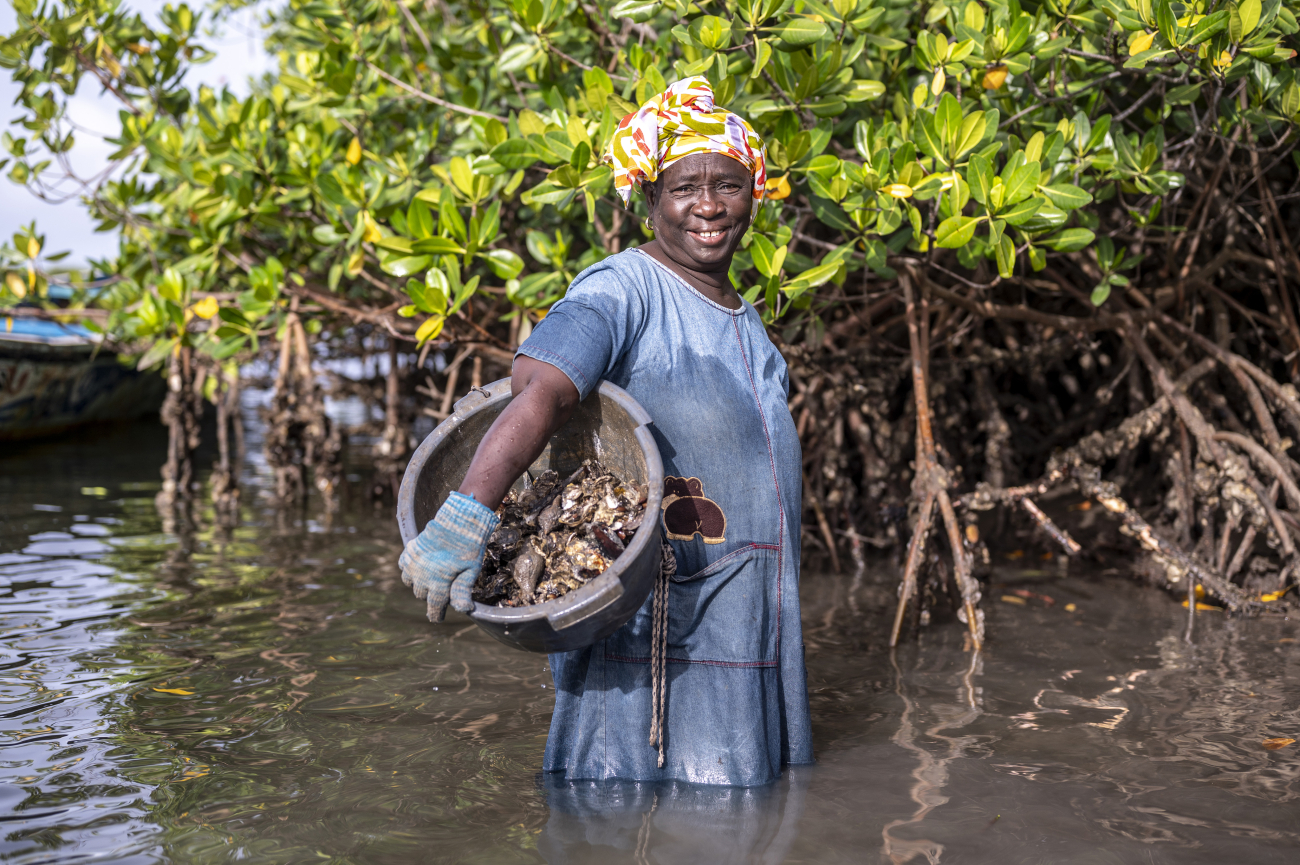
Geographic versus population coverage
The results from round 2 indicate that seven of the actions mapped spanned all fourteen regions of the country. These actions tend to be nutrition-specific and linked to the health system or nutrition screening and M&E measures associated with them. Examples include routine deworming, vitamin A supplementation and the treatment of severe acute malnutrition cases with complications, all of which target children 6-59 months old. The exercise also revealed that less than half of the actions mapped (fifteen out of thirty-four actions for which data was available) covered around 50% of the regions, indicating that coverage remains low. Matam in the north and Kolda in the south had the highest coverage, where 29 and 26 interventions were carried out, respectively. Both are among the regions that face high levels of anaemia while stunting is highly prevalent in Kolda. This, in turn, illustrates some degree of alignment between the needs and assistance provided.
Figure 1. Excerpt from the Senegal Nutrition Stakeholder and Action Mapping, showing action intensity by region
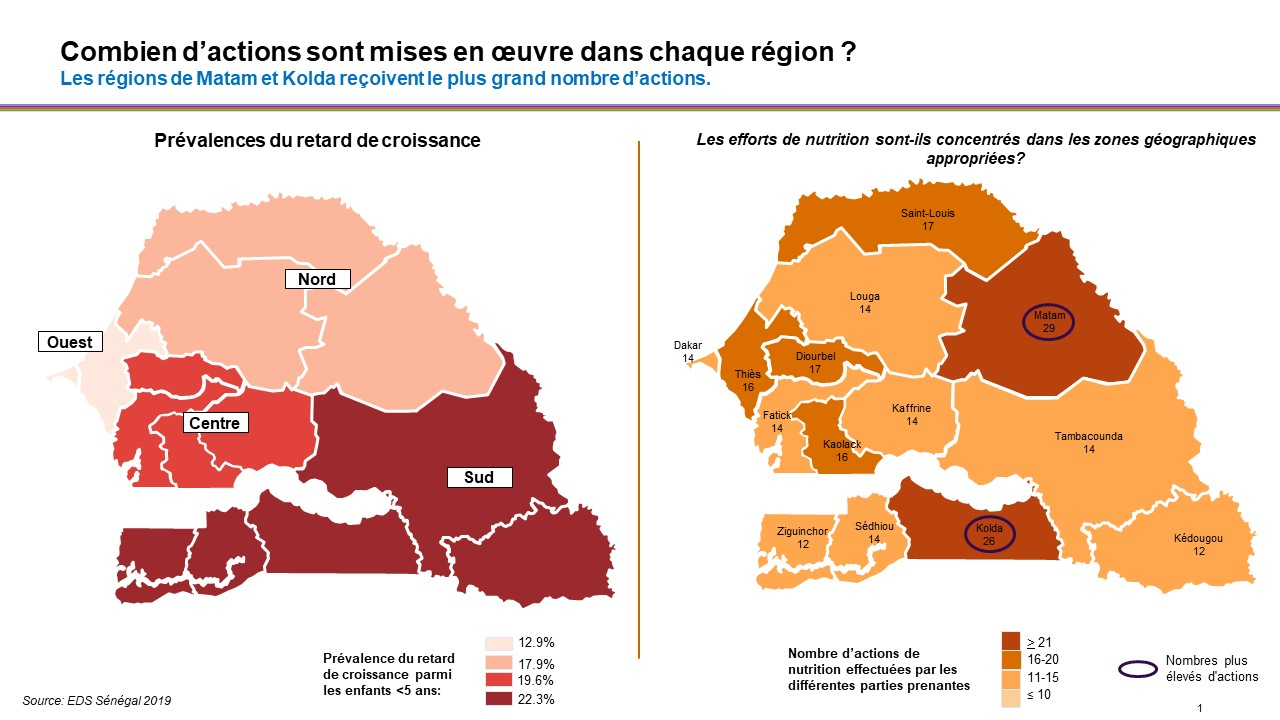
The factors driving malnutrition can be very context specific. That means that not all actions are necessarily intended to cover all geographic areas. For this reason, the mapping also depicts coverage in terms of the proportion of a given population group that is targeted. Some mapping outputs present both coverage metrics, facilitating the interpretation of the findings. While literacy training for women reached a mere two regions in 2019, about two-thirds of the targeted women were reached, which indicates good performance. Coverage regarding controls of flour fortification production sites and vitamin A supplementation were also high, both estimated at 71 percent. With that said, a number of actions from a variety of sectors had low population coverage (e.g. capacity development of health providers on recommended breastfeeding practices, latrine construction, construction of family chicken coops), which clearly signals the need for improvement. This is particularly relevant in the context of the government’s ambitious stunting commitment.
El Hadji Momar Thiam, who works at the CNDN Secretariat as an M&E Manager, was particularly struck by the large variance in coverage levels between the actions mapped. He attributes this to “the very significant difference in capacity between the stakeholders,” adding that “The capacities of the monitoring and evaluation systems of the different ministries are also very different.”
From data to scale up
Information is important for decision-makers but not sufficient alone. To fully address Senegal’s nutrition issues, actors will need to act on the data. Findings from the mapping exercise can provide powerful inputs for the government to implement its N4G commitment on increasing the coverage of nutrition interventions for children under 5 year old to 90% and for adolescent girls to 50% [1]. They are also spurring frank conversations about the factors that can improve coverage, moving forward.
Aminata Diop Ndoye, the Executive Secretary of the National Nutrition Development Council and SUN Country Coordinator, explained that, “The results of the mapping will be presented to various nutrition stakeholders and will help to advocate with the government to intensify efforts. Specific measures will be identified to improve coverage through the review of the [multi-sectoral nutrition] strategic plan that is underway.” This is one safeguard to support the ambitious coverage targets, however, it must be matched with concomitant increases in nutrition financing. The mapping data can help enhance transparency about coverage levels and accountability, which in turn, could prove useful in attracting additional investments and directing resources where they are needed most. In this way, the mapping exercise supports the realization of Senegal’s N4G commitment on financing [3].
One additional benefit of this mapping tool is that it is built on the same software (DHIS-2) utilized for the Ministry of Health’s information system. This arrangement is conductive to integrating the mapping data into the national M&E nutrition platform, which will help institutionalize the exercise as part of regular monitoring processes. Ultimately, the aim is that this will help CNDN obtain ‘real-time’ coverage data for decision-making.
Challenges and next steps
The second round of nutrition mapping encountered various limitations from delays due to the COVID-19 pandemic to non-response and a lack of data for five nutrition actions. Nevertheless, it continues to expose gaps and detect trends that warrant corrective action. It also identified potential ways to improve the tool, such as specifying the number of regions targeted for a given intervention (in other words the denominator) when depicting geographic coverage, understanding that some are intended to reach all regions while others are applicable selected regions (e.g. mangrove rehabilitation). This, in turn, could facilitate interpretation of the results and help target follow-up action.
In addition, CNDN is currently developing ministry-specific coverage dashboards to enable future implementation tracking. The dashboards use the mapping data and will help Senegal operationalize its N4G commitments and achieve its nutrition targets. Not only will this guide nutrition scale up, it will also help the country lay a solid foundation for its sustainable development, including follow-up from the 2021 Food Systems Summit. And so the quest for more inclusive, healthy, resilient, planet-friendly food systems and better nutrition of the Senegalese population continues, with some additional data to chart the course.
Endnotes
[1] Tokyo Compact on Global Nutrition for Growth, Annex. Available at https://nutritionforgrowth.org/wp-content/uploads/2021/12/Tokyo-Compact-on-Global-N4G_Annex_Dec-14.pdf.
[2] In Senegal, these services (e.g. establishment of community nutrition sites, construction of improved latrines, literacy training for women) are sometimes outsourced to local non-governmental organizations (NGOs) through a faire faire approach. These activities must adhere to government regulations and were included in the second round of mapping, as they are considered to fall under the government umbrella.
[3] “Ensure the full financing of the Ministries’ Sectoral Nutritional Action Plans in the PSMN to the tune of 40 billion CFA francs/year of which 15% comes from innovative financing,” (Tokyo Compact on Global Nutrition for Growth, Annex. Available at https://nutritionforgrowth.org/wp-content/uploads/2021/12/Tokyo-Compact-on-Global-N4G_Annex_Dec-14.pdf). PSMN refers to the Multi-sectoral Strategic Nutrition Plan (Plan Stratégique Multisectoriel de la Nutrition).
